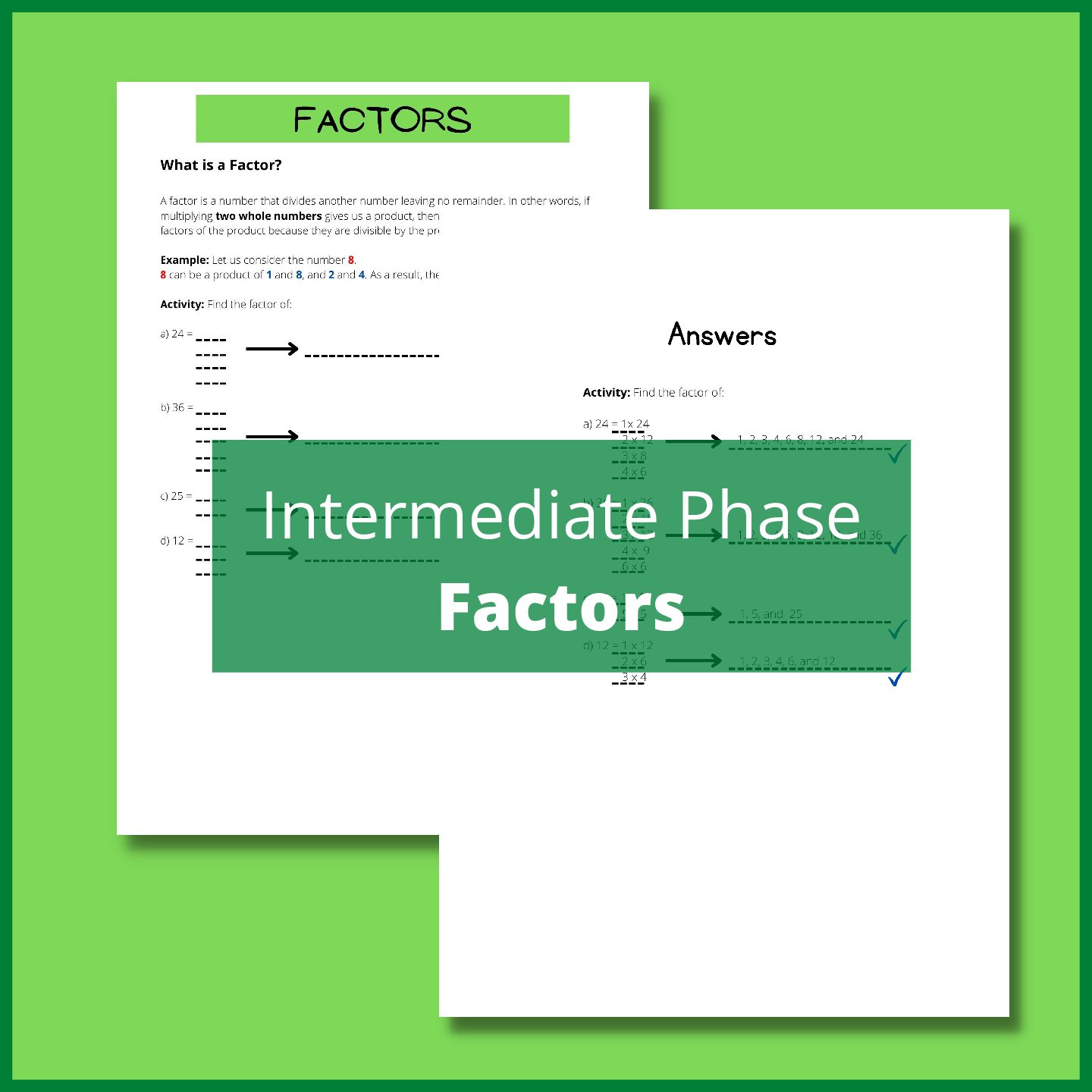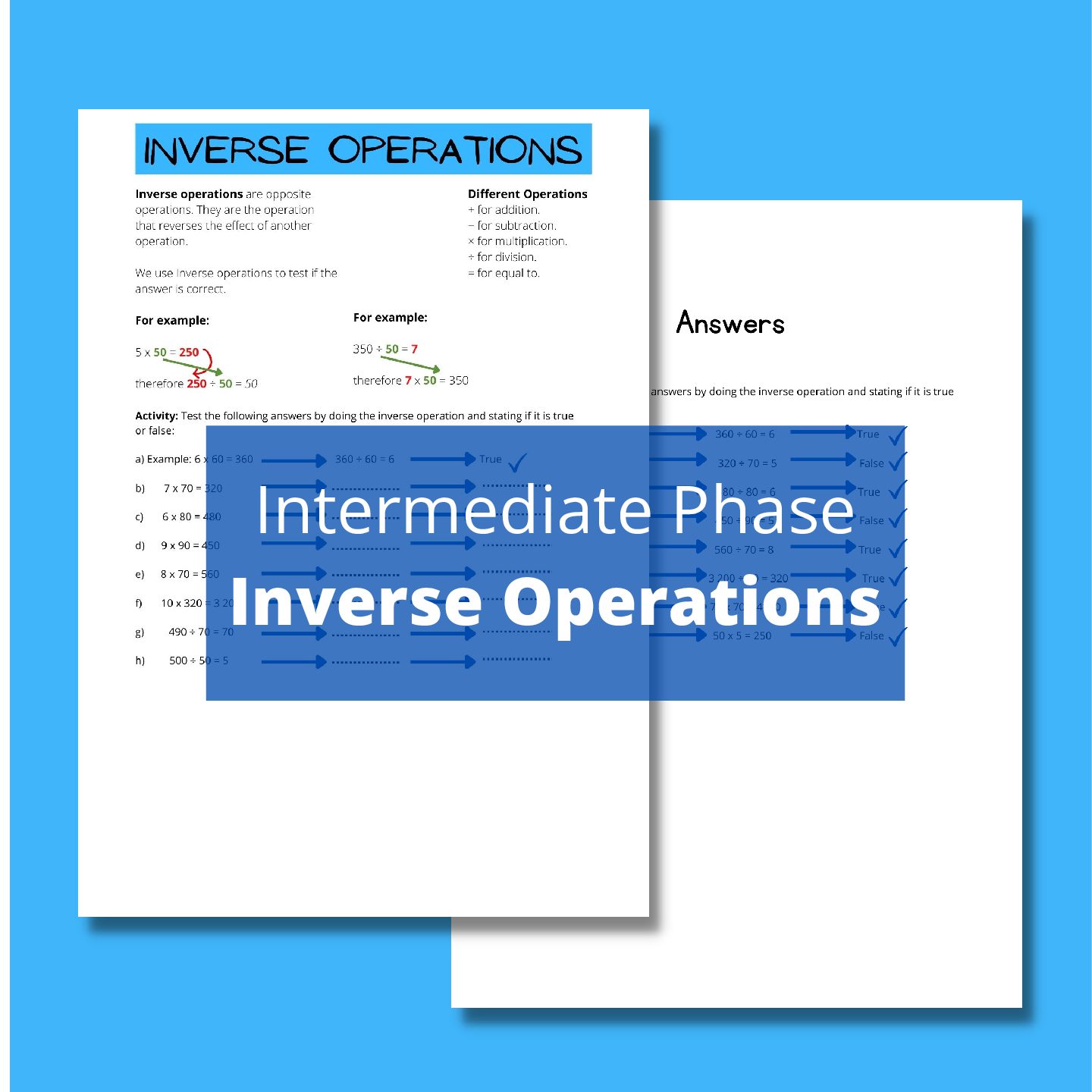Grade 7 – Geography – Test – Task 3
R115.00
Use, by you or one client, in a single end product which end users are not charged for. The total price includes the item price and a buyer fee.
Resource Description
1. Population Growth and Change
This topic explores how populations of organisms, including humans, change over time. Key points include:
- Definition of Population Growth: The increase or decrease in the number of individuals in a population over time. Population growth can be expressed as a percentage or as the rate of change per unit time.
- Types of Population Growth:
- Exponential Growth: Occurs when the population grows at a constant rate, leading to a rapid increase over time, often seen in ideal conditions with abundant resources.
- Logistic Growth: This occurs when the growth rate decreases as the population size approaches the carrying capacity of the environment, leading to a more stabilized population.
- Population Pyramids: Graphical representations showing the age and sex distribution within a population, which can indicate the potential for future growth.
2. Factors Affecting Birth Rates and Death Rates
Understanding what influences the number of births and deaths in a population is crucial. Factors include:
- Birth Rates:
- Economic Factors: In wealthier countries, lower birth rates might be observed due to higher costs of raising children and more access to family planning.
- Social Factors: Cultural norms and values can influence family size. In some societies, larger families are preferred or more common.
- Healthcare Access: Better healthcare can reduce infant mortality rates and affect decisions about family size.
- Education: Higher education levels, particularly among women, often correlate with lower birth rates.
- Death Rates:
- Healthcare Quality: Improved medical care and sanitation lower death rates.
- Nutrition: Access to adequate food and clean water significantly impacts mortality rates.
- Disease: Epidemics and pandemics can cause spikes in death rates.
- Living Conditions: Better living conditions and improved standards of hygiene contribute to lower death rates.
3. World Population Growth
This section addresses how the global population has changed over time and the implications of these changes:
- Historical Trends: Examination of historical population data to understand how and why world population has grown, including key events such as the Industrial Revolution which significantly increased growth rates.
- Current Trends: Analysis of recent population trends, including areas of rapid growth, such as in some developing countries, and areas of slower growth or even decline, such as in some developed countries.
- Future Projections: Predictions about future population growth based on current trends, including the potential impacts of demographic factors like aging populations and declining fertility rates in various regions.
- Implications: Discussion of the effects of population growth on resources, environment, and societal structures. For instance, rapid growth may lead to challenges such as overpopulation, resource depletion, and increased environmental stress.



 KES(KSh)
KES(KSh) USD($)
USD($) GBP(£)
GBP(£) GHS(₵)
GHS(₵) NGN(₦)
NGN(₦) MUR(₨)
MUR(₨) BWP(P)
BWP(P) AUD($)
AUD($) TZS(Sh)
TZS(Sh) INR(₹)
INR(₹) PHP(₱)
PHP(₱) AED(د.إ)
AED(د.إ)












